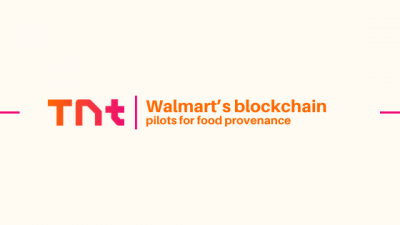As well-intentioned as you might be with your money, sometimes unplanned bills and other life events may get in the way. When that happens, you might be short on cash between paychecks and need a same day emergency loan or alternate funding source. Here are five good options to consider.
1) Consider a Personal Loan
According to Bank rate, a personal loan may provide funding of up to $100,000 depending on factors like your credit score and repayment history. Most banks, credit unions, and online lenders offer personal loans with reasonable or competitive interest rates.
You can choose between a secured or unsecured loan when applying for a personal loan. Secured loans require collateral – something of value that the lender could seize if you default on the loan – whereas unsecured loans do not have that requirement. When collateral is available, secured loans may be easier to qualify for and offer better interest rates. However, without the extra effort needed to confirm the eligibility of collateral, an unsecured loan may be likely to close faster.
2) Apply for a HELOC
If you’ve got a home and have been making payments for several years, then chances are you’ve built up equity. Equity is the portion of your house’s value you would keep if you sold it today and had to pay off the mortgage. Your equity is an asset, and rather than let it sit idle, most banks and lenders may let you put it to work by letting you convert it into what’s called a home equity line of credit (HELOC).
A HELOC allows you to borrow using your equity, i.e., the amount of the line of credit, just like a credit card, up to a limit approved by the creditor and for a specified time period, called a draw period. Payments on the amount borrowed do not have to be paid back for up to 10 years, which is typically when the draw period ends and the repayment period begins. However, you are still responsible for paying interest, which is typically variable and may increase over the life of the loan, during the draw period. And remember, a HELOC is like a mortgage and failure to pay it back could result in foreclosure on your home.
3) Use a Zero-Percent APR Credit Card
Credit card companies sometimes offer zero-percent APR promotions that last anywhere from six to 21 months. An offer like this essentially means the cardholder does not have to pay any interest on eligible balances, such as purchases, cash advances, or balance transfers, or a combination of the three types of transactions which are charged to the card during this promo period. Cash advances and balance transfers are subject to transaction fees which may be a flat fee or percentage based on the value of the transaction.
Cardholders should be aware that interest still accumulates behind the scenes on the promotional balances and will come due if the balance(s) is not paid off completely by the end of the promotional period. Also, keep in mind that applying for a new credit card may affect your credit score, which in turn might affect the interest rate you’re offered on loans or cards you apply for thereafter.
4) Borrow From Your Retirement Fund
Even though the money in a retirement account is reserved for the future, you have the ability to withdraw it if it’s absolutely needed. However, this should be considered an option of last resort because taking money out prematurely can significantly impact your future financial well-being.
Note that if you withdraw from your IRA or retirement plan and are under 59½, you will also have to pay a 10 percent early penalty fee. However, if the reason you need the money qualifies as a “hardship withdrawal,” the 10 percent penalty may be waived by the IRS.
5) Call Your Creditor
If you’re truly experiencing financial hardship, never underestimate the power of human compassion. Try calling the creditor to explain your situation. You might be surprised at how many are willing to grant you an extension or possibly even let you work out a reasonable payment plan. After all, from their perspective, getting paid eventually is better than potentially never getting paid at all.
The Bottom Line
When you’re stretched between paychecks and have bills to pay, it may be time to take out an emergency loan or seek alternate funds. Consider options like applying for a personal loan, HELOC, or zero percent APR credit card. You could also try explaining your situation to your creditors and seeing if they’d be willing to work with you.
Contact Information:
Name: Sonakshi Murze
Email: [email protected]
Job Title: Manager
Information contained on this page is provided by an independent third-party content provider. Binary News Network and this Site make no warranties or representations in connection therewith. If you are affiliated with this page and would like it removed please contact [email protected]



Comments